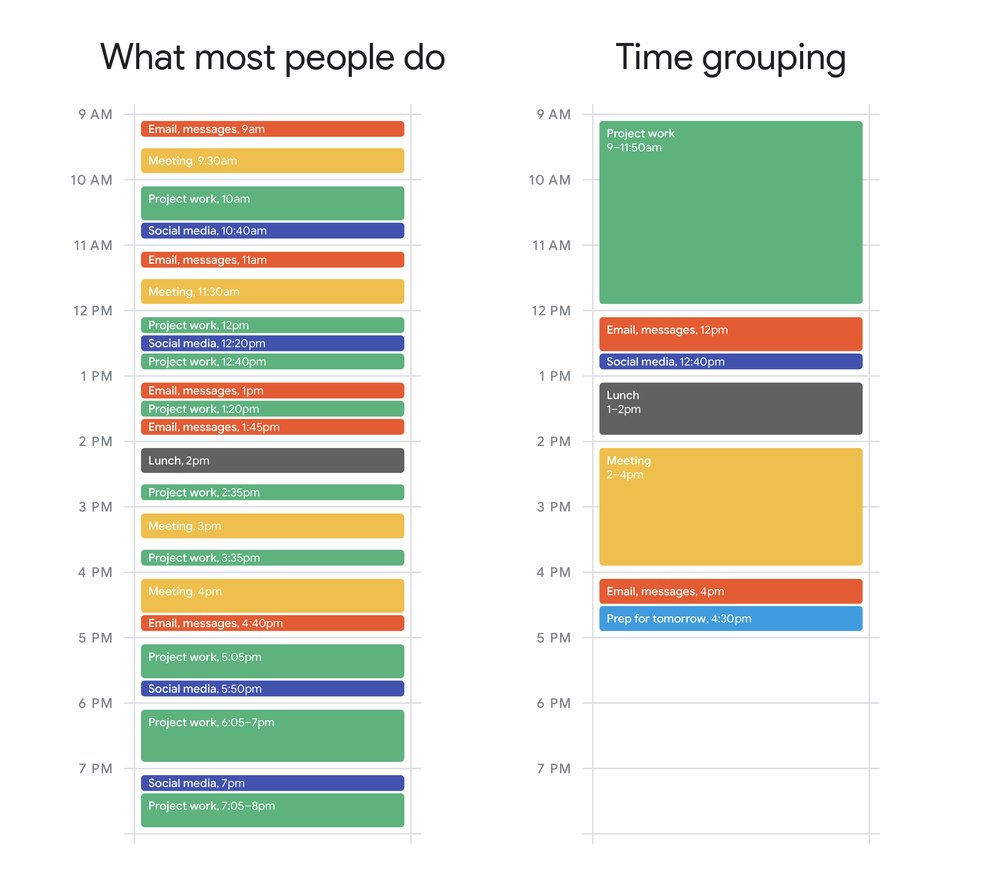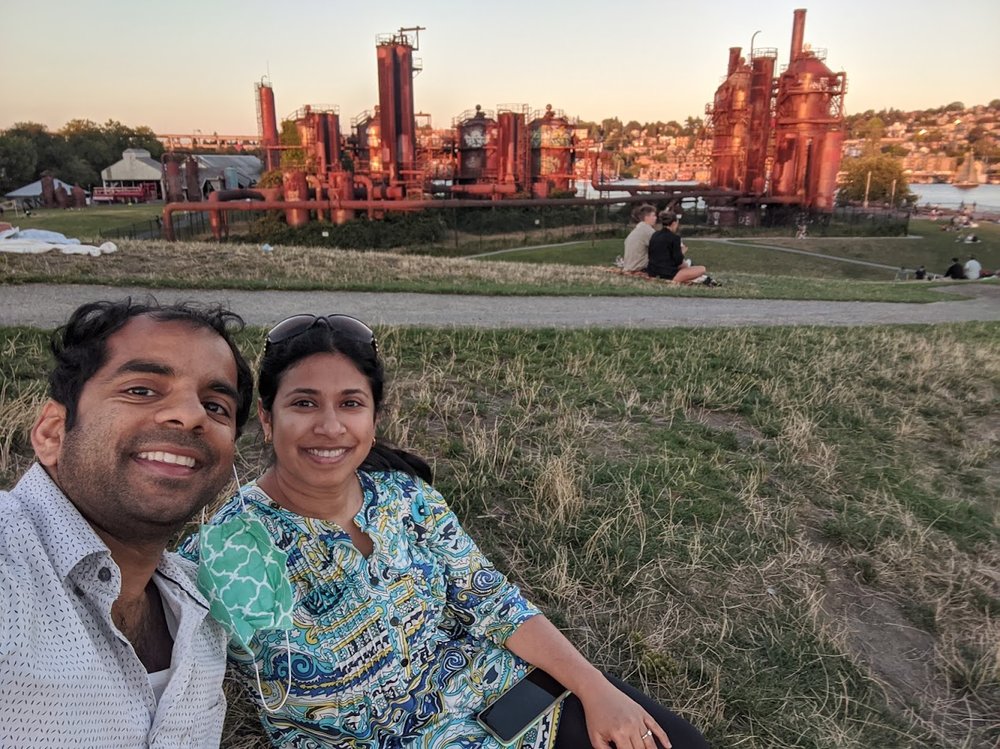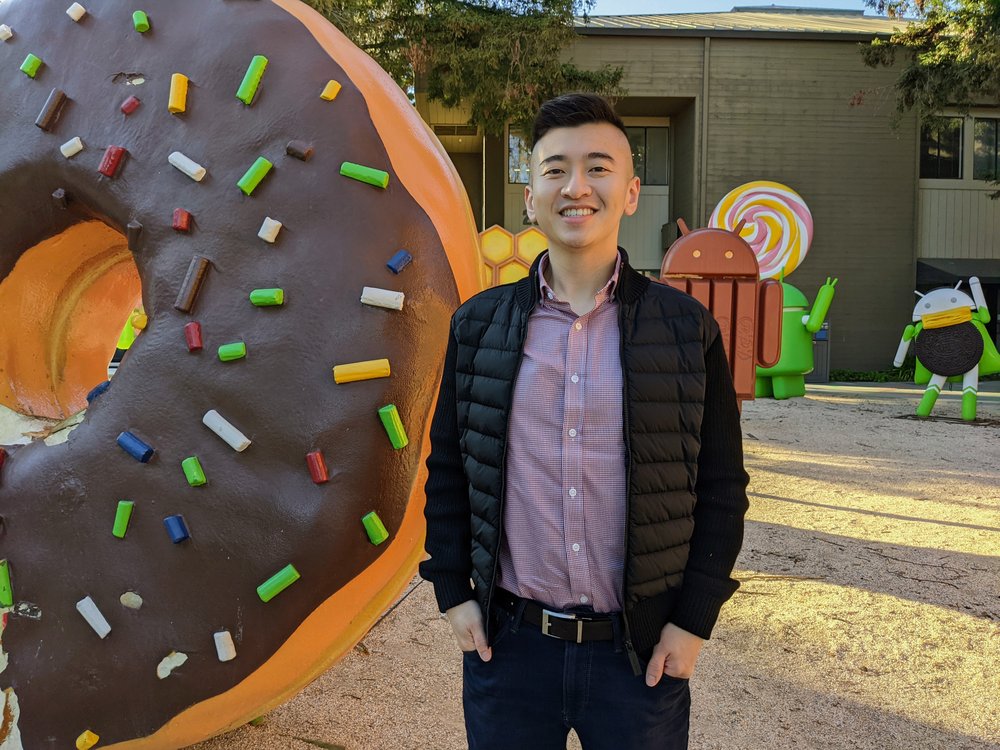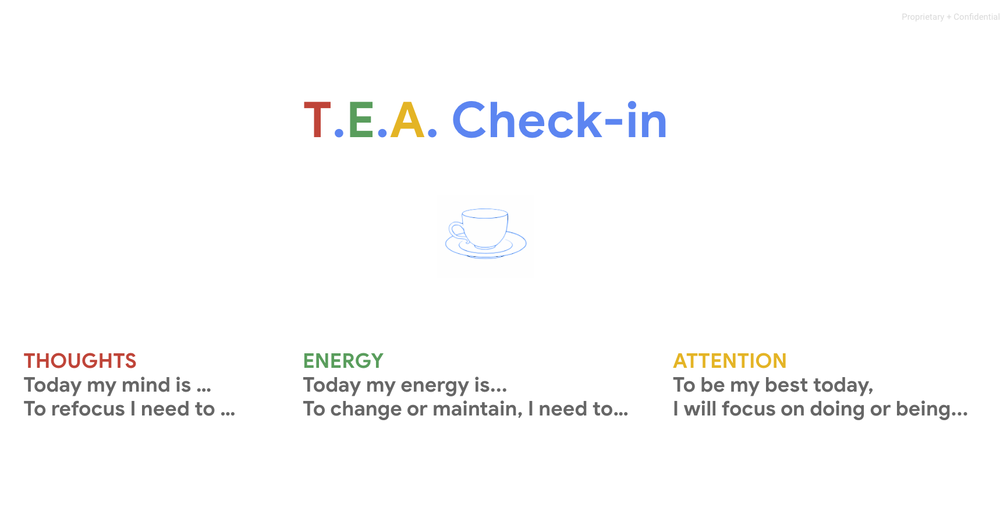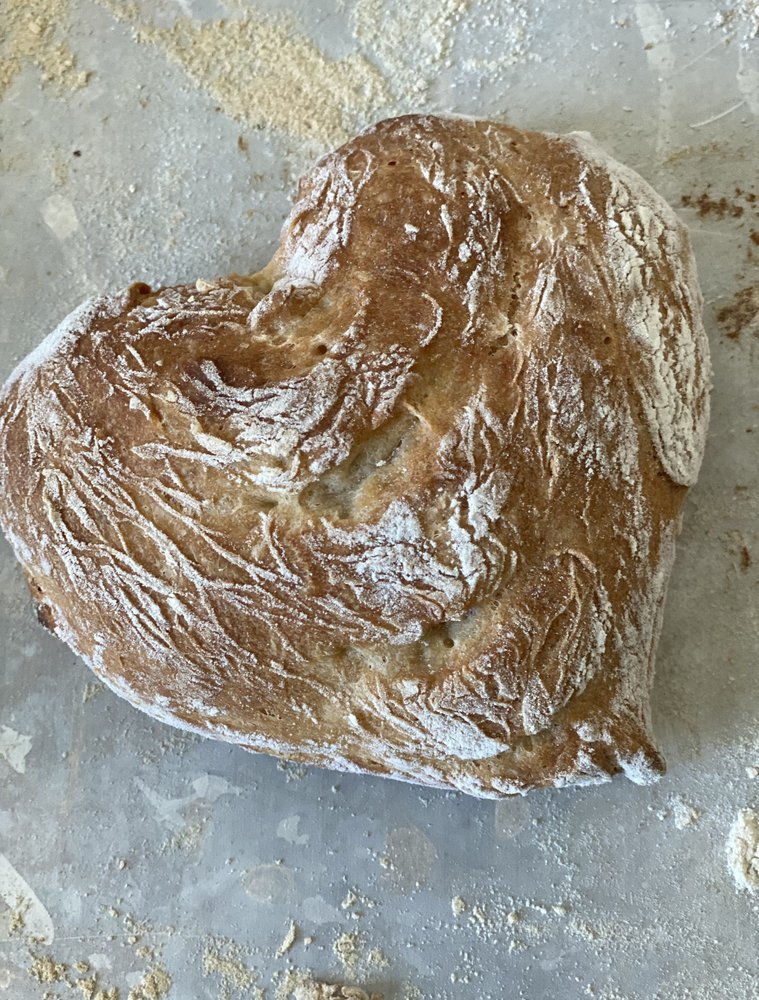When Conrad Bassett-Bouchard was interviewing for a product design job at Google, there was one question he didn’t think he could answer. “I was going through my final round of interviews and I was told they would ask me to talk about my ‘cross-functional collaboration’ experience,” he says. A grad student who hadn’t worked in tech before, Conrad didn’t think he had anything to talk about. “But my recruiter said to me, ‘Well, didn’t you work on a food truck?’”
Conrad had, in fact, worked on a food truck — well, actually a food cart. And it’s an infamous one, if you live in Portland, Oregon, like Conrad and me. The food cart, which closed in recent years, specialized in grilled cheeses of every sort, shape and variety. Instead of moving locations like the typical food truck would, the cart took up residence next to a converted bus that served as seating for customers. But Conrad learned more than how to make the perfect grilled cheese: I recently caught up with him to find out about how his culinary past helped him land a role at — and succeed within — Google.
Lesson 1: How to stay cool under pressure
As a UX designer currently working on the Google Fi team, Conrad’s job is to lay out what an app or other type of software will look like in a way that’s fun and engaging for a person to use. It’s a role that requires a lot of input, from research to product teams, so he knows what it’s like to balance various needs. “You’ve got lots of different people who have lots of different perspectives,” he says. “And my job is to synthesize these perspectives and understand what they’re saying, and ultimately use that to create something people will want to use.” There’s a certain amount of pressure that can come with his role — and his job in food service prepared him for it. He remembers that on the busiest days at the cart, hoards of people would be ordering, different requests would be thrown around and the crew would have multiple grills full of multiple grilled sandwiches…all grilling simultaneously. “We’d be taking in directions from every angle,” he says. “And…honestly, that was way harder than even my busiest days at Google!”
Lesson 2: How to get into a flow state when things are fast-paced
Speaking of those hectic days…Conrad sort of liked them. “The best part of working there was definitely when we were really busy and I was on the grill — which could fit 16 sandwiches at a time.” Conrad needed to know how grilled each sandwich was, what was on them, what lettuces or sauces needed to come next. “You would get completely in the zone, and everything would just be working out,” he says. “It was definitely an adrenaline rush.” In fact, he says it feels similar to the flow state he can get into when he’s designing — a sort of perfect work mindset where he’s able to get through tasks fluidly, moving from solving one thing to the next. It doesn’t mean that the work is easy, it’s just that all the tools to find the answers are right there, at the right moment.
Lesson 3: How to find your peers, purpose…and pods
“Maybe this makes me sound like a food snob…but Portland and Austin have food carts — they stay in one place, they’re stationary,” Conrad says. “Everywhere else, you’ve got tons of food trucks…but that’s a whole different experience.” The difference, he says, is community. At a food cart, for example, other food carts will pop up — maybe a beer cart, too, or maybe a brewery will take over the empty building next store. “Then you’ll see a clothing pop-up nearby, someone adds a fire pit and a roof cover,” he says. “A little community forms around a food cart pod.” (Again, as a fellow Portlander, he’s extremely right.) “People were just really happy to be there — it wasn’t just about picking up food and walking away,” he adds. That welcoming vibe is what made Conrad want to work there, and it’s something that’s important to him at Google, too. He also mentions that the food cart owner stood out among others in the food industry; he really cared about the people who worked for him. Likewise, Conrad says, the tech industry can be cutthroat, but at Google — and especially within his direct team — he’s always felt like there’s a sense that his colleagues and managers want to take care of each other.
